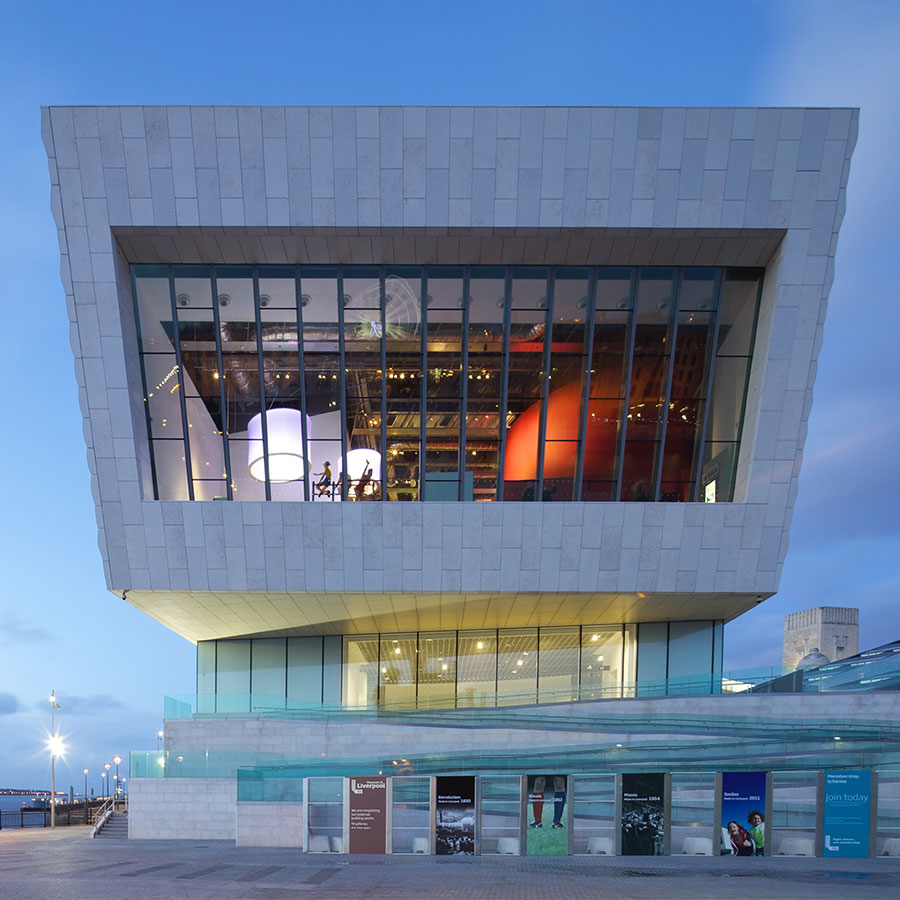With the resurgence in residential property investing in the United Kingdom, many South Africans are opting to move their offshore allowances into this asset class.There are many ways to buy property in the UK, and now with people’s inboxes becoming inundated with offers from agents selling their wares to overseas investors, it’s useful to know what to look out for.
Craig Illman, a director from UK-based property company Propwealth, highlights a few suitable property options and those which are being marketed with higher than normal yields to sell quickly. “70% of our clients live in South Africa and as we focus on long-distance investors, we are familiar with their concerns and the dangers of sales people over-promoting to them.”
The most suitable type of property
He continues, “It’s the ‘nuts and bolts’ style of property that always makes sense. This includes residential properties with market-driven yields; those with capital growth over time; and those aimed at tenants who are on standard tenancy agreements. When you own the property outright, you are in control.”
Expectant gross yields
In cities like London, this ranges from 5%+ in Greater London to 2.5% + in affluent, central areas, where long-term capital growth is a strong appeal to investors. Here, suitable properties range from £300 000 to over £1 million.
In other cities, especially those undergoing regeneration, gross yields range from 6% to 9%+. Cities like Liverpool and Manchester are attracting investors looking for short-term cash yields with a longer-term capital growth focus. Prices can range from £45 000 to £250 000.
Other yield strategies
“Unfortunately, we have seen an increase in property marketing offering higher than normal returns, which, in a regulated market like the UK, simply doesn’t stack up,” says Illman.
Guaranteed rental returns
Many developers are offering a guaranteed rental return to market these schemes. However, the investor needs to understand that the yields are built into the sale price and, effectively, the buyer is paying themselves the yield.
The danger here is once the guarantee period runs out, the rents could fall to a more market-related level, and the returns drop, sometimes substantially.
Hotel rooms, garages and other types of investments
Secondly, and as an example, let’s take a look at hotel rooms. The same concept could apply to airport garaging, nursing homes, self-storage units, and lately, even airport sleep pods or “micro properties”.
- The model – A hotel is divided into hotel rooms, and the rooms sold
to investors. The developer of the scheme still owns the hotel. Unlike a
buy-to-let residential property, the investor does not manage the
investment and is not, therefore, responsible for generating the return.
This responsibility remains with, or is “leased back” to, the seller or
marketing company of the scheme to which the investors gave their
money.
- Unlike a flat, the investor does not receive market related rent,
but is promised a fixed return (much like the above guaranteed rental
option). Promised returns of 8% to 12% are common, although it can be
more or less. And, it is important to realise that these investments are
investments in a company, not in a property.
- So basically – If you buy a residential flat from a seller and the
seller walks away with their money and no further involvement, you’re
investing in a flat as a standard buy-to-let. If you buy a room in a
hotel from an investment company on the promise of a “fixed return” or
“guaranteed return” of 8% to 12%, you are no longer investing in a
property. You are investing in the company and your return depends on
it’s ability to pay you the 8%. The return of your investment depends on
the financial strength of the company involved.
- Because there’s a very limited secondary market for these types of
investments, the developer has to come up with a way for investors to
exit their investment. Typically these investments offer a “buy back”
option where after a fixed period (e.g. 5 or 10 years), the investor can
sell the investment back to the promoter, in exchange for either their
original capital back or a multiple of it (e.g. 125%). Like the 8% to12%
yearly returns, the “buy back” option depends on the financial strength
of the company offering the investment scheme.
- Always do your homework and a thorough due diligence on any property and the company behind it when you buy, no matter the type. This will reduce your risk.
Illman says, “If you still prefer to go the above route of
alternative property styles, then just make sure you’ve done your
checks. You must trust the set-up and verify that the developers have a
strong balance sheet and track record. Be prepared for lower yields in
many cases with potential exit difficulties.”
He stresses, “Remember that the UK is a safe property investment country that is generally risk averse and highly regulated. Don’t expect fireworks when it comes to property. This asset class takes time to bear fruit.”
Propwealth is in Johannesburg, Durban and Cape Town during March with various standard residential property investments in London, Liverpool and Manchester. For more information, send an email or visit the website.


